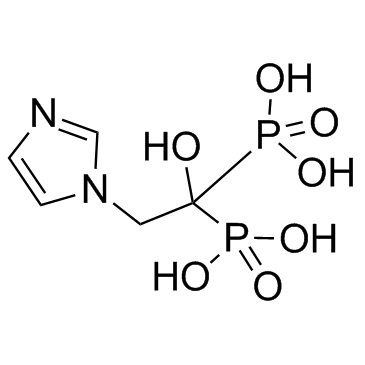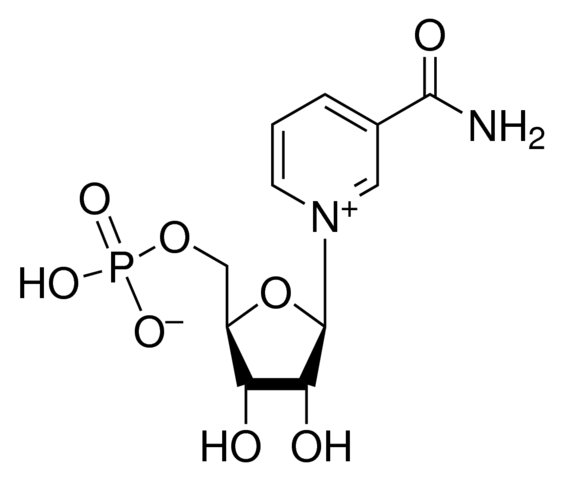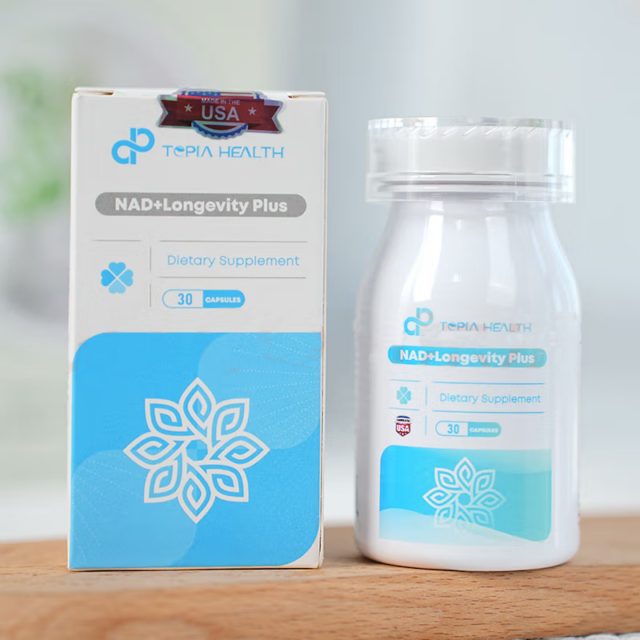Acetyl L-carnitine chloride (5g)
$99.00 $88.00
- Description
Description
Acetyl L-carnitine chloride (5g)
Purity Limit: ≥ 99% (Assay by titration)
MDL No: MFCD00082230
Molecular Formula: C9H18O4NCl
Molecular Weight: 239.69
CAS No: 5080-50-2
SYNONYMS:O-Acetyl-L-carnitine hydrochloride; (R)-3-Acetoxy-4-(trimethylammonio)butyrate hydrochloride, ALC, ALCAR, Acetyl L-carnitine HCl, R-(−)-2-Acetyloxy-3-carboxy-N,N,N-trimethyl-1-propanaminium chloride
Acetyl-L-carnitine, ALCAR or ALC, is an acetylated form of L-carnitine. ALC/ALCAR, a quasi-vitamin is a metabolite of carnitine, present in mammalian plasma and tissues. It is present at high level in the hypothalamus.
ALC/ALCAR plays a vital role in intermediary metabolism and in improving female fertility. The oxidative and metabolic status of the female reproductive system is controlled by ALC. ALC possesses cholinomimetic and anti-inflammatory effects. It controls γ-amino butyric acid (GABA) system. ALC is capable of modifying the rate of glucose usage in the brain. It also possesses a neuroprotective role in the developing brain.
Endogenous mitochondrial metabolite that transports acetyl groups across the mitochondrial membrane. Exogenous acetylcarnitine enhances mitochondrial function in aged rats. As an acetate donor to coenzyme A, it increases the central and peripheral acetylcholine synthesis and function. Acetylcarnitine has antinociceptive activity that may be mediated by enhanced activity of muscarinic cholinergic receptors or mGlu2 glutamate receptors.
Within cells, carnitine plays a key roles in importing acyl-CoA into mitochondria; the acyl-group of the acyl-CoA is transferred to carnitine, and the acyl-carnitine is imported through both mitochondrial membranes before being transferred to a CoA molecule, which is then beta oxidized to acetyl-CoA. A separate set of enzymes and transporters also plays a buffering role by eliminating acetyl-CoA from inside mitochondria created by the pyruvate dehydrogenase complex that is in excess of its utilization by the Krebs cycle; carnitine accepts the acetyl moiety and becomes ALCAR, which is then transported out of the mitochondria and into the cytosol, leaving free CoA inside the mitochondria ready to accept new import of fatty acid chains. ALCAR in the cytosol can also form a pool of acetyl-groups for CoA, should the cell need it.
Possible applications:
Peripheral neuropathy: The current evidence suggests ALC reduces pain from peripheral neuropathy. ALC improves electromyographic parameters.
Chemotherapy-induced peripheral neuropathy (CIPN): ALC may be a treatment option for paclitaxel- and cisplatin-induced CIPN.
Male infertility: Some studies showing a positive relationship between ALC and sperm motility.
Hepatic encephalopathy: ALCAR has been studied in hepatic encephalopathy, a complication of cirrhosis involving neuropsychiatric impairment; ALCAR improves blood ammonia levels and generates a improvement in psychometric scores.







